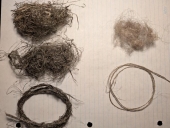
 2
2




Nancy Reading wrote:...I'm happy that Inge says that this can be processed later so I don't have to do all the steps in a tight time frame.
"Also, just as you want men to do to you, do the same way to them" (Luke 6:31)

 8
8










 3
3





"Also, just as you want men to do to you, do the same way to them" (Luke 6:31)






 4
4




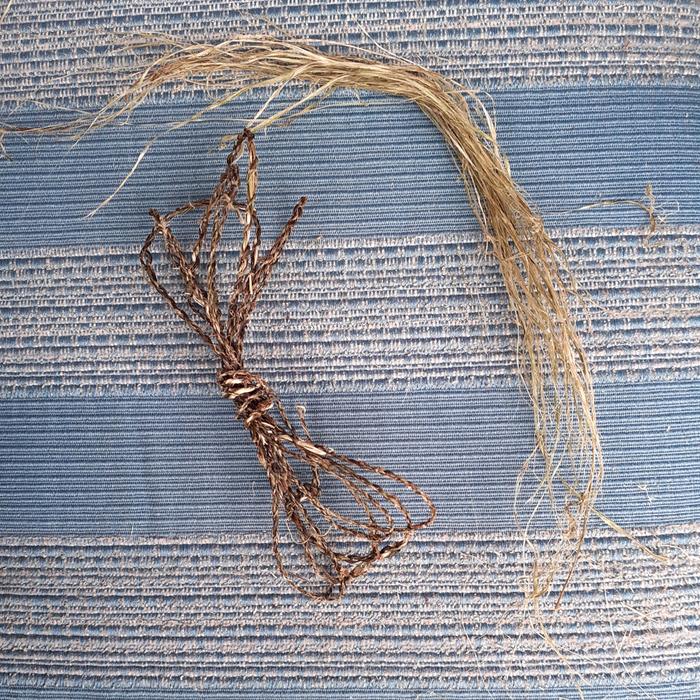
"Also, just as you want men to do to you, do the same way to them" (Luke 6:31)
 4
4




 6
6










 4
4




"Also, just as you want men to do to you, do the same way to them" (Luke 6:31)
 10
10




Mandrake...takes on and holds the influence
of the devil more than other herbs because of its similarity
to a human. Whence, also, a person’s desires, whether good
or evil, are stirred up through it...
-Hildegard of Bingen, Physica






 5
5




"Also, just as you want men to do to you, do the same way to them" (Luke 6:31)
 5
5





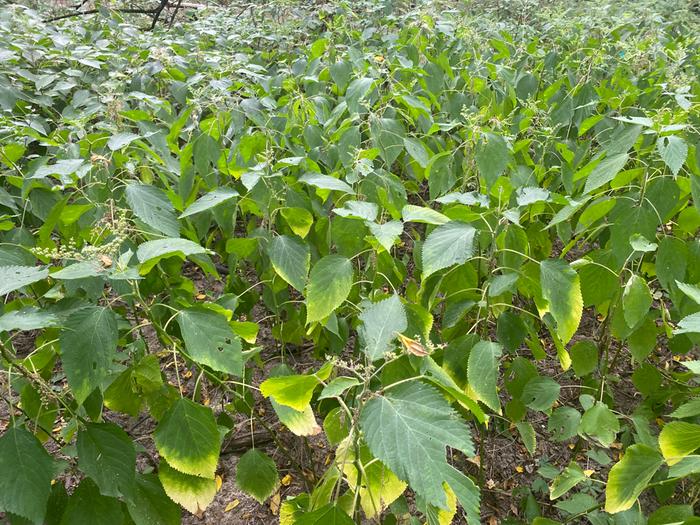
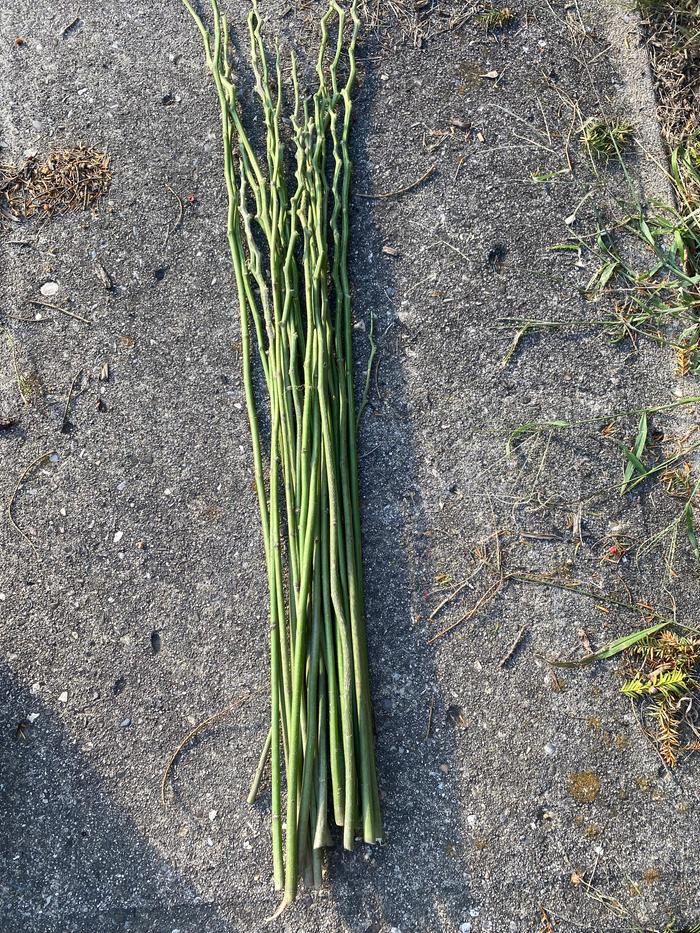
Mandrake...takes on and holds the influence
of the devil more than other herbs because of its similarity
to a human. Whence, also, a person’s desires, whether good
or evil, are stirred up through it...
-Hildegard of Bingen, Physica
 5
5




Ryan M Miller wrote:I haven't found any sizeable patch of stinging nettle this year, but I have found a large patch of a related plant called wood nettle (Laportea canadensis) that can be used like stinging nettle. I'm in the process of collecting the plant stalks right now before I ret and scutch them. I plan on sharing some photographs as I continue processing the fibers from the plant stalks.
 6
6




Mandrake...takes on and holds the influence
of the devil more than other herbs because of its similarity
to a human. Whence, also, a person’s desires, whether good
or evil, are stirred up through it...
-Hildegard of Bingen, Physica
 4
4




 6
6





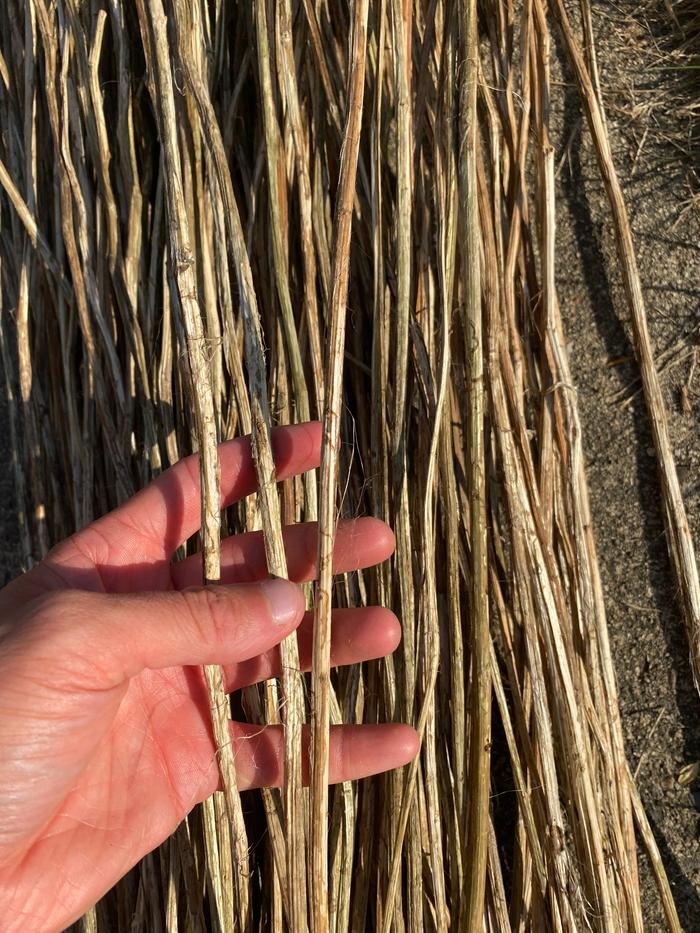
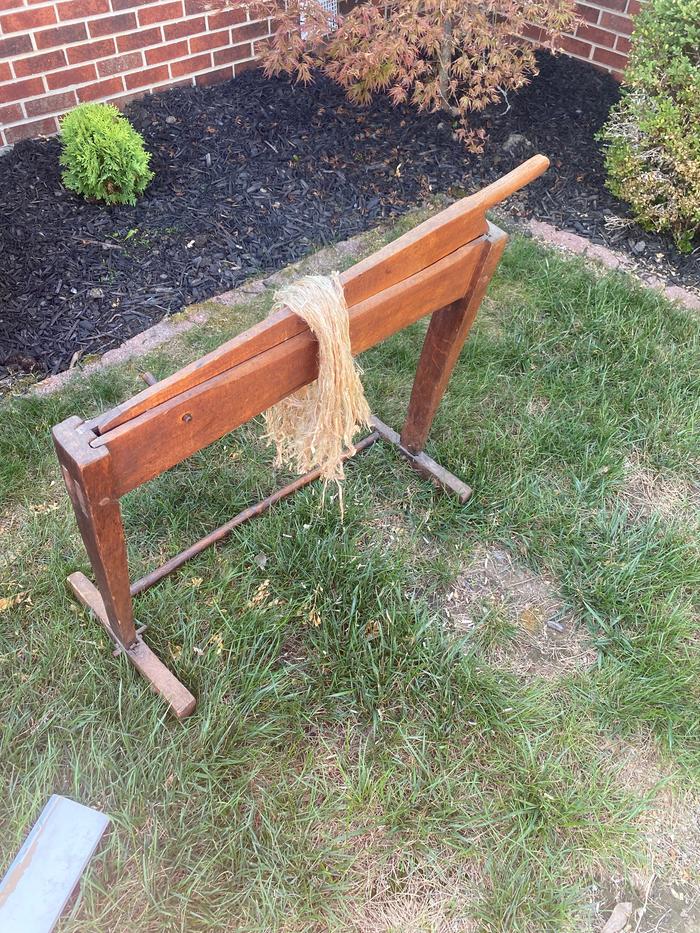
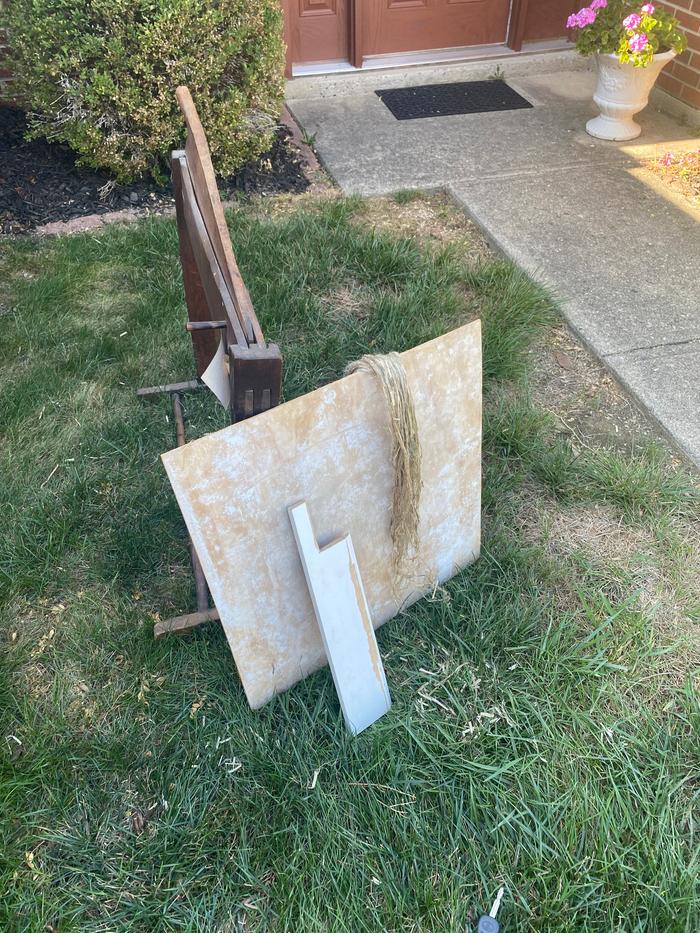
Mandrake...takes on and holds the influence
of the devil more than other herbs because of its similarity
to a human. Whence, also, a person’s desires, whether good
or evil, are stirred up through it...
-Hildegard of Bingen, Physica
 1
1










 2
2




Ryan M Miller wrote:As of yesterday, I have finished retting, braking, scutching and hackling the nettle fiber. The total fiber yield was 7.9 ounces. Of that, 1.2 ounces was long line fiber; 2.2 ounces was long tow fiber; 2.1 ounces was medium length tow prepared into combed top; and the remaining 2.4 ounces was short tow fiber still yet to be drum carded. The yield of long line and long tow for this wood nettle was significantly smaller by percentage than the yield of long fiber from my adam's needle yucca leaves earlier this year (43% long tow and long line fiber from the nettle as opposed to 67% long line and long tow fiber from the yucca). I'm wondering if this is due to the nettle fibers being weaker than the yucca fibers, the stem nodes creating weak points in the nettle fiber, or just due to me under-retting the fibers.
"Also, just as you want men to do to you, do the same way to them" (Luke 6:31)
 2
2




Zone 6, 45 inches precipitation, hard clay soil










 3
3




May Lotito wrote:I learn about processing yucca fiber by watching videos from India or Bangladesh about jute fibers. How different are the bast fibers from dicot stalks and yucca or sisal fibers from the leaves of monocots? The yucca fibers are long and strong, taking plant based dyes very well. I am not sure if we need to start a yucca-a-long thread or not.
"Also, just as you want men to do to you, do the same way to them" (Luke 6:31)
 2
2




Zone 6, 45 inches precipitation, hard clay soil




 2
2




May Lotito wrote:I learn about processing yucca fiber by watching videos from India or Bangladesh about jute fibers. How different are the bast fibers from dicot stalks and yucca or sisal fibers from the leaves of monocots? The yucca fibers are long and strong, taking plant based dyes very well. I am not sure if we need to start a yucca-a-long thread or not.
Mandrake...takes on and holds the influence
of the devil more than other herbs because of its similarity
to a human. Whence, also, a person’s desires, whether good
or evil, are stirred up through it...
-Hildegard of Bingen, Physica










Ryan M Miller wrote:
May Lotito wrote:I learn about processing yucca fiber by watching videos from India or Bangladesh about jute fibers. How different are the bast fibers from dicot stalks and yucca or sisal fibers from the leaves of monocots? The yucca fibers are long and strong, taking plant based dyes very well. I am not sure if we need to start a yucca-a-long thread or not.
I'm not so sure about the structure of yucca fibers, but the Adam's Needle yucca leaves that I processed earlier this year have some pretty coarse fiber that feels almost like horse main and tail hair in its raw state. Yucca fiber will be more likely to require an alkaline treatment before using it to make clothing compared with nettle fiber. My wood nettle fiber, compared with the yucca fiber, has a texture closer to hemp fiber; especially the tow fiber.
"Also, just as you want men to do to you, do the same way to them" (Luke 6:31)




Zone 6, 45 inches precipitation, hard clay soil





| I agree. Here's the link: http://stoves2.com |




